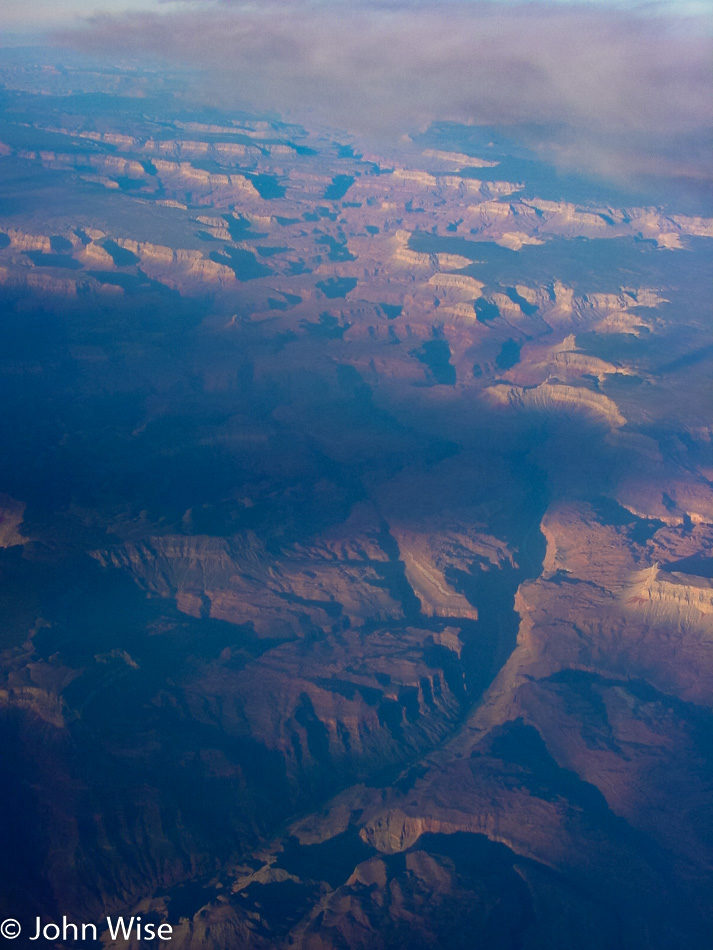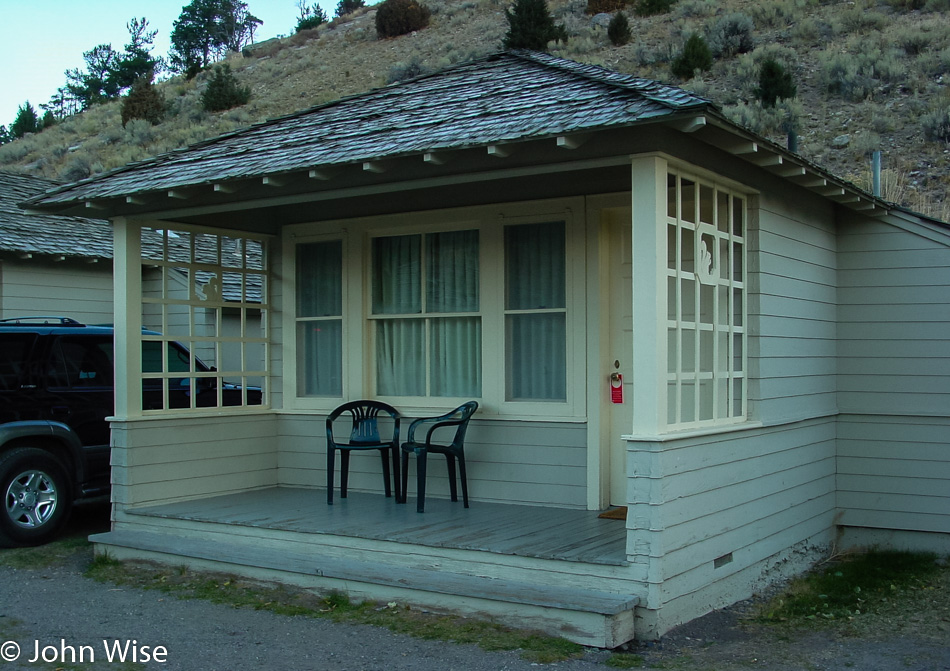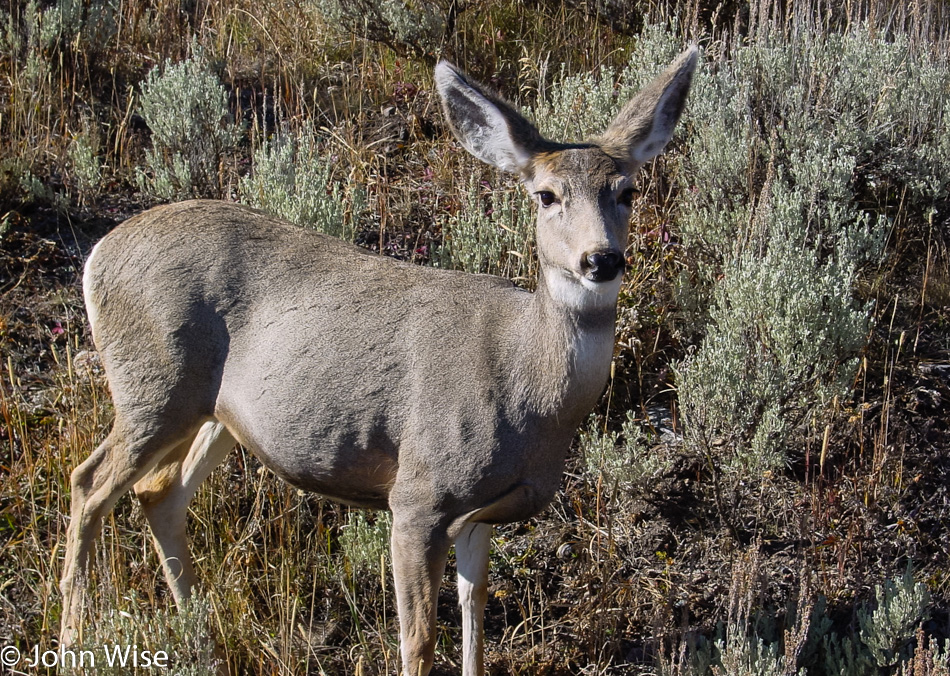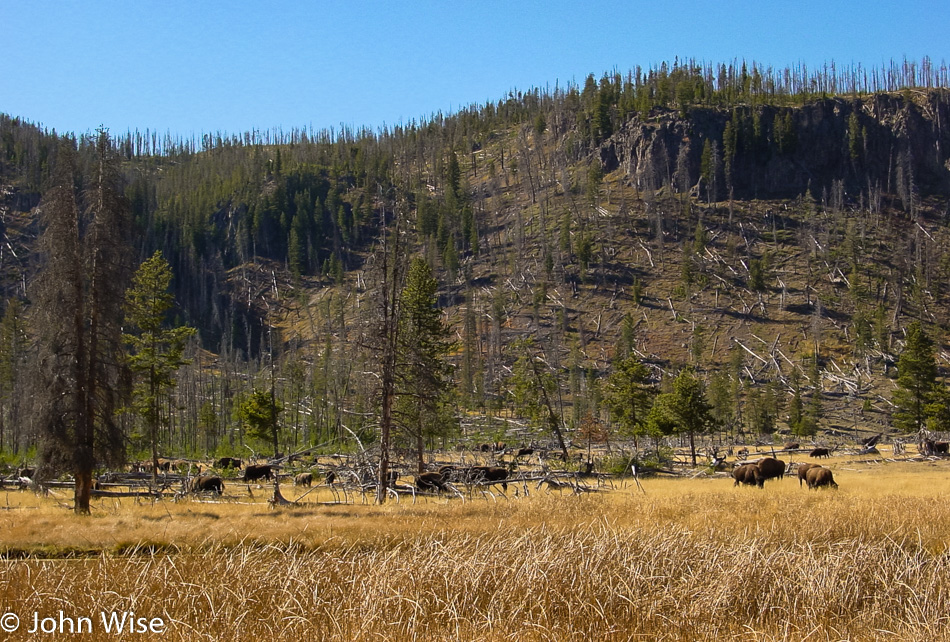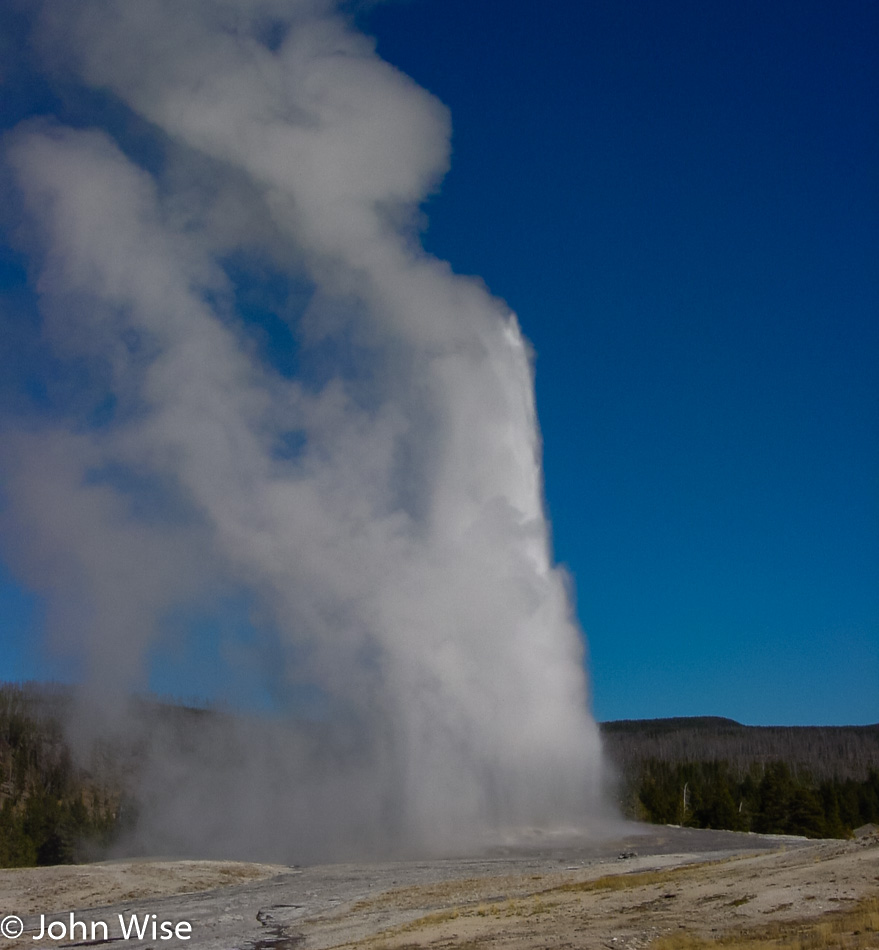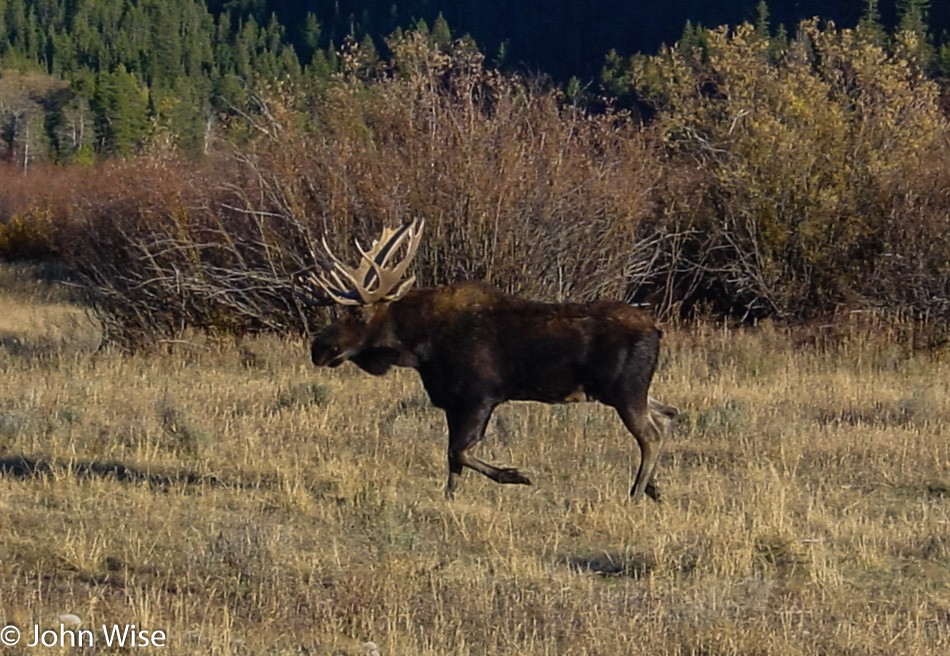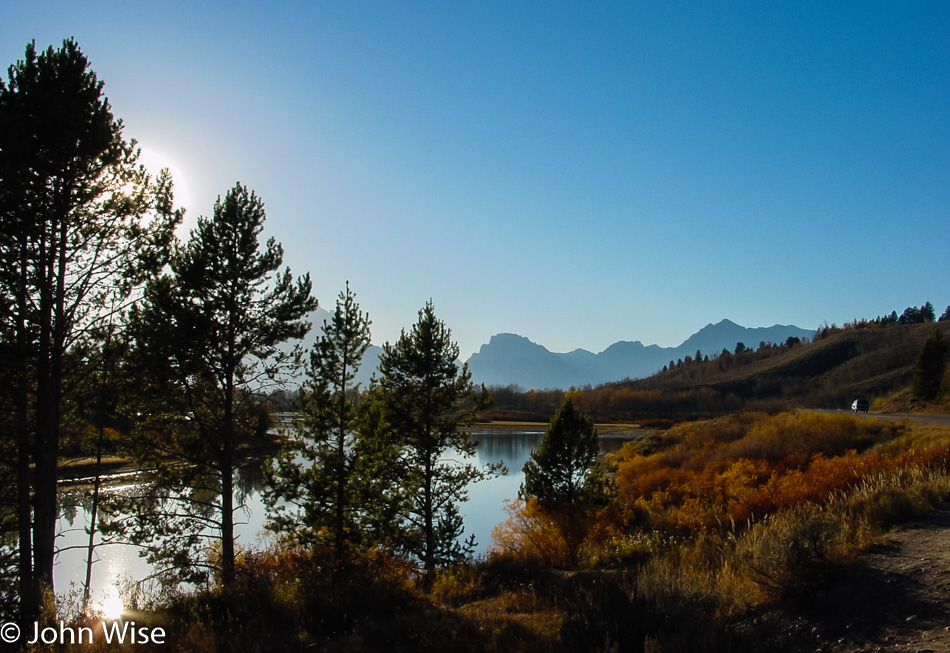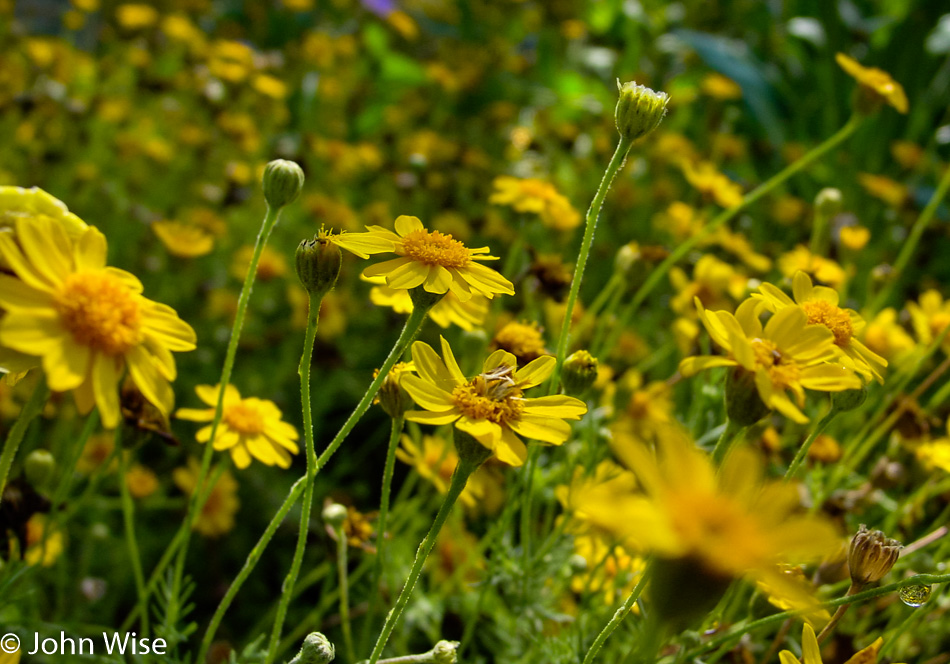
When the flora and fauna of a desert are distributed sparsely across a vast landscape, it can be difficult to be at the right place at the right time to see the diversity of life that inhabits such a place. Visitors to a desert cannot be blamed for being under the impression that the place appears to be painted in swaths of tan and shades of brown. It so happens that in pockets where conditions are right and at various times of the year often dependent upon a very short burst of growth following rare rains, color can explode across the environment. Even for those of us who dwell in deserts, catching these sporadic displays of nature’s natural fireworks can be an elusive task, but fortunately for residents and visitors alike, Phoenix has the Desert Botanical Garden that has amassed examples of this rainbow out of the desert.
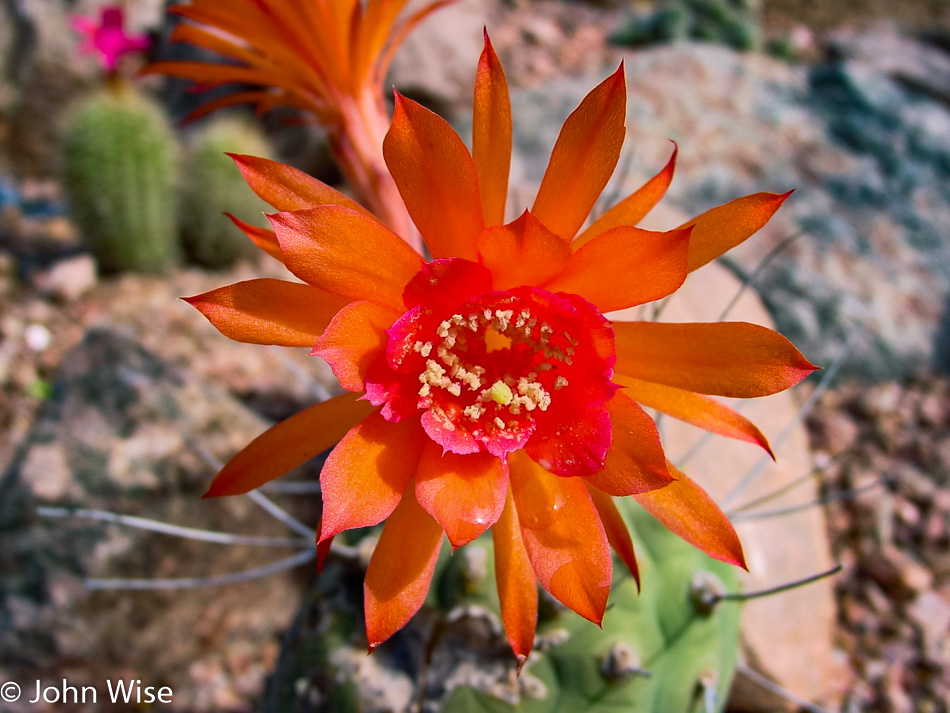
With Caroline tending to other things, Jutta and I went over to pay a visit to the garden today. After our recent trip to Yellowstone and the vast open landscapes, I decided to focus on small details today that gave the best example of things not frequently seen. When people come to Arizona in May and June, they will likely get to see the prickly pears and saguaros blooming, but seeing some of the other examples of cactus flowers can be a rare event, such as with this beautiful orange and red specimen.
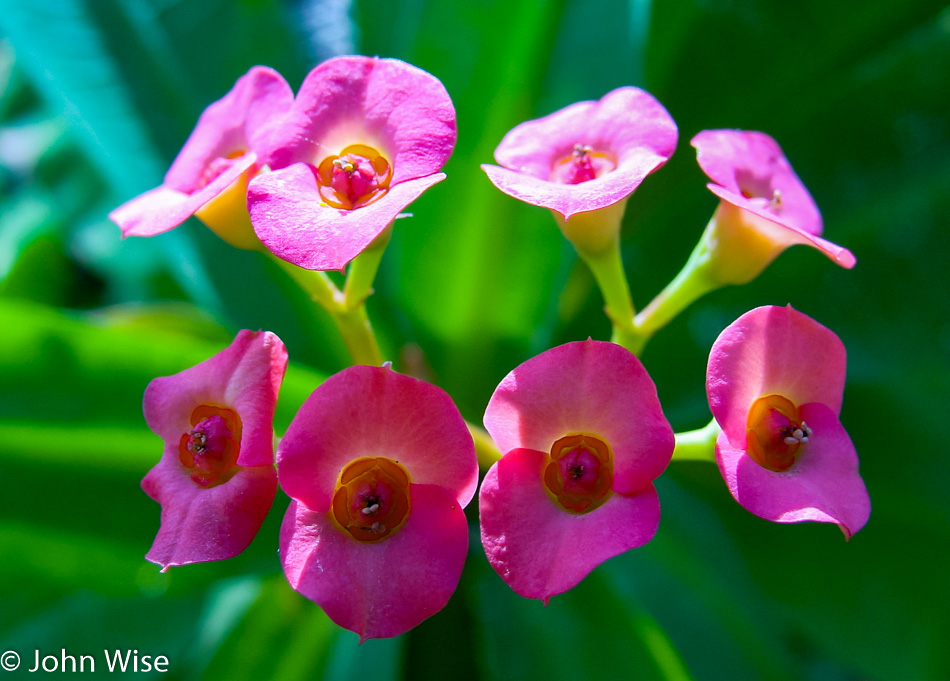
Aside from the sky and mountains, purples and hues of pink are hard to come by. Here are some tiny splashes of color that may have taken an example from our sunsets, which are known to bathe the desert with the most grandiose light.
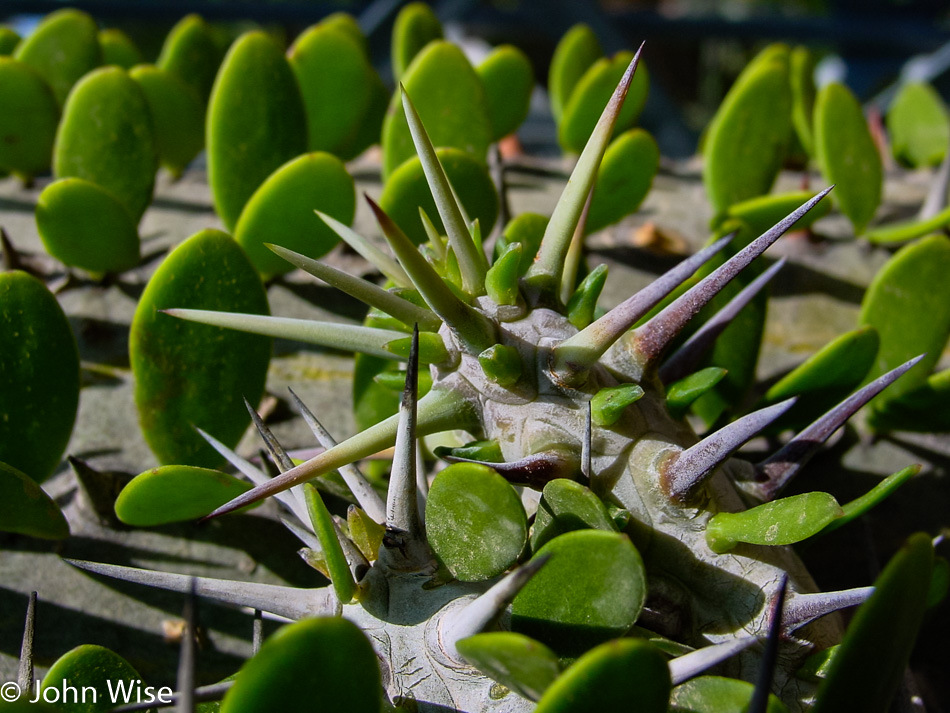
Beware the needle as it is often present though not all cactus needles are equal. Some needles are purely cosmetic and soft to the touch, but would you dare tempt that by running from a distance into a thicket of cacti? Then there’s our peccary of some notoriety called the javelina that makes meals out of prickly pears, and the Arizona state bird called the cactus wren that lives in the protective grip of thorns most of us would like to avoid.
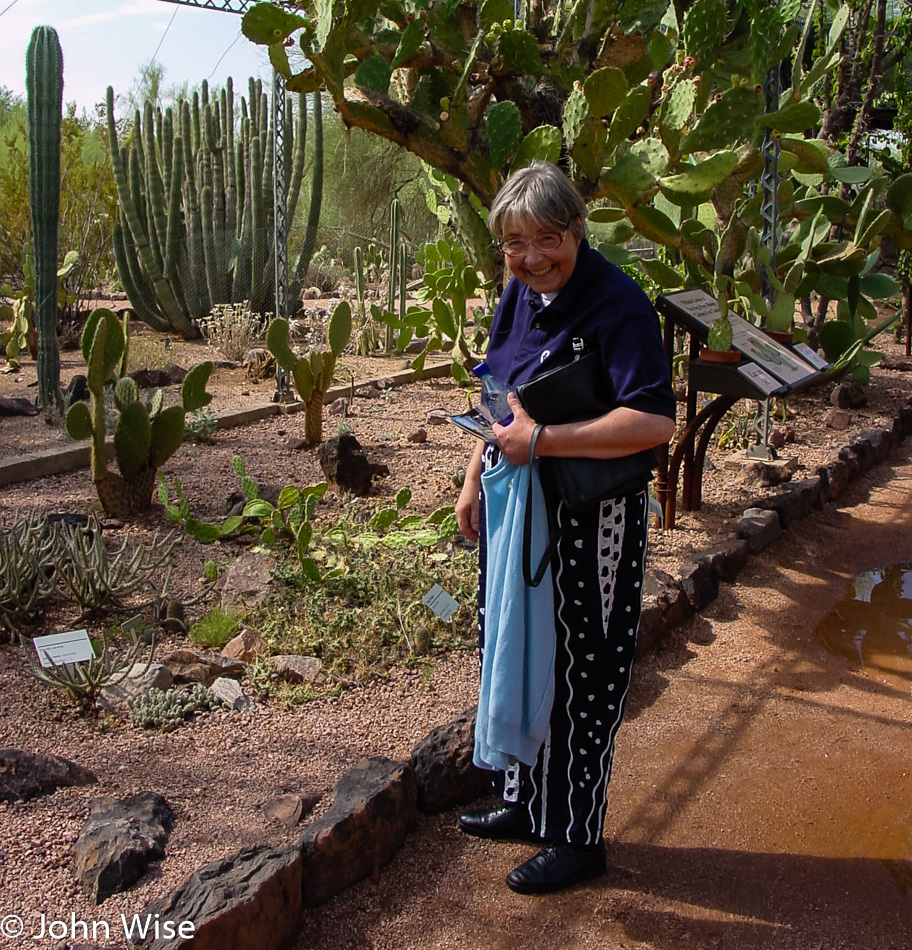
While not a flower by a long shot and probably more akin to a cactus, this is a specimen of desert visiting mother-in-law that only makes an appearance about every other year. Its thorns come in the form of a sharp barbed tongue, though at times, it can be deceivingly sweet. They lie dormant, much of the time appearing almost lifeless until a sweet meal of sugar is presented. While the mighty saguaro can live to be nearly 200 years old, the mother-in-law, while seeming ancient, has a lifespan of just under approximately 100 years. I should also point out that this particular species of mother-in-law comes in many colors, including black, brown, tan, white, and many hues in between.

